Home › Forums › Everything Else related to Kingsbridge, Riverdale, and Spuyten Duyvil › Erosion in Riverdale Park
- This topic has 11 replies, 5 voices, and was last updated 6 months, 4 weeks ago by
Thomas Casey.
-
AuthorPosts
-
-
October 2, 2023 at 5:46 am #3696
On a walk this weekend in Riverdale Park, I noticed that recent heavy rains are creating erosion that seems to be revealing oyster shells, and a piece of pottery. Tom Bird told me that the pottery doesn’t look modern but he wasn’t able to identify it.
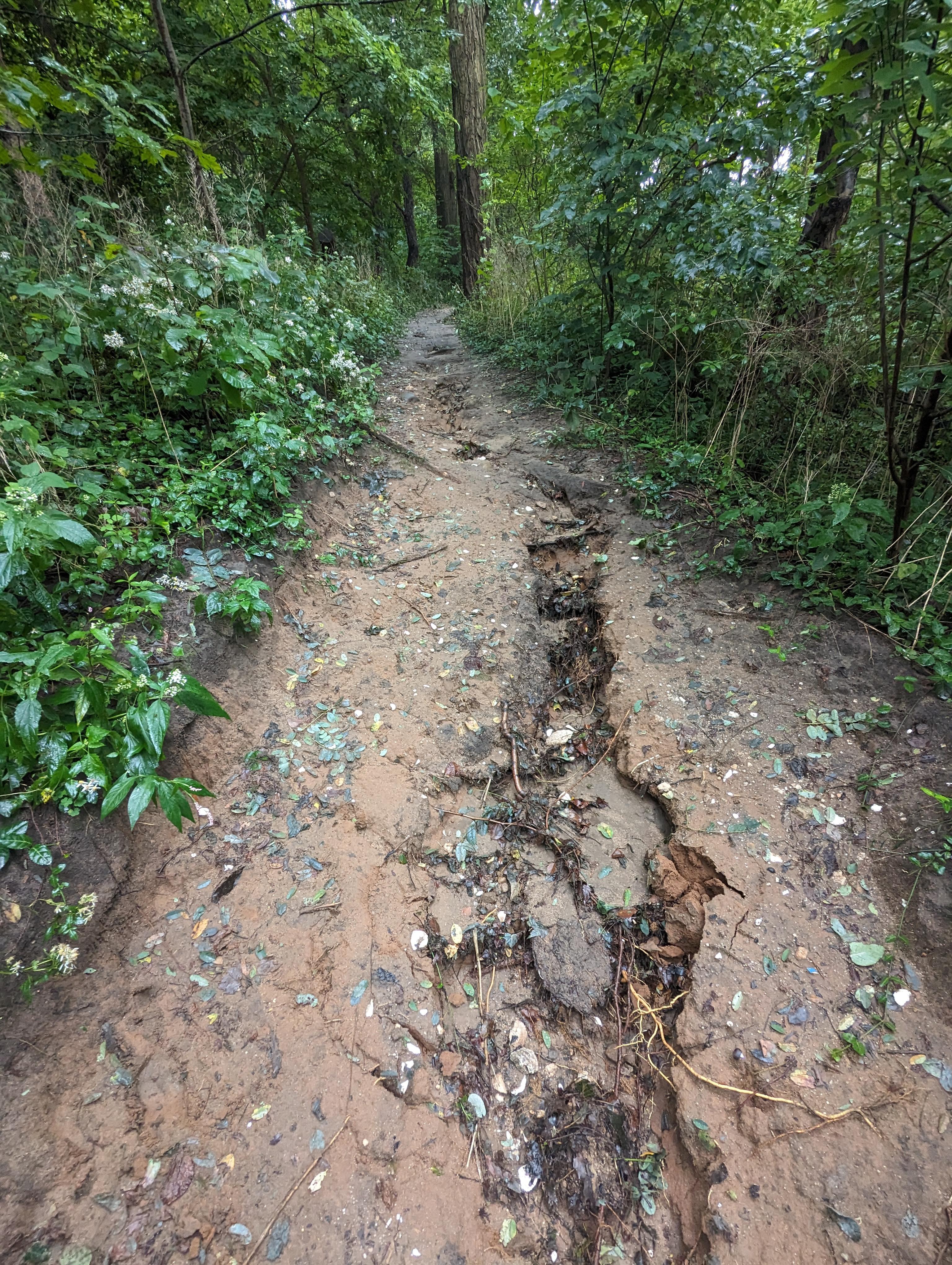
-
October 2, 2023 at 5:47 am #3698
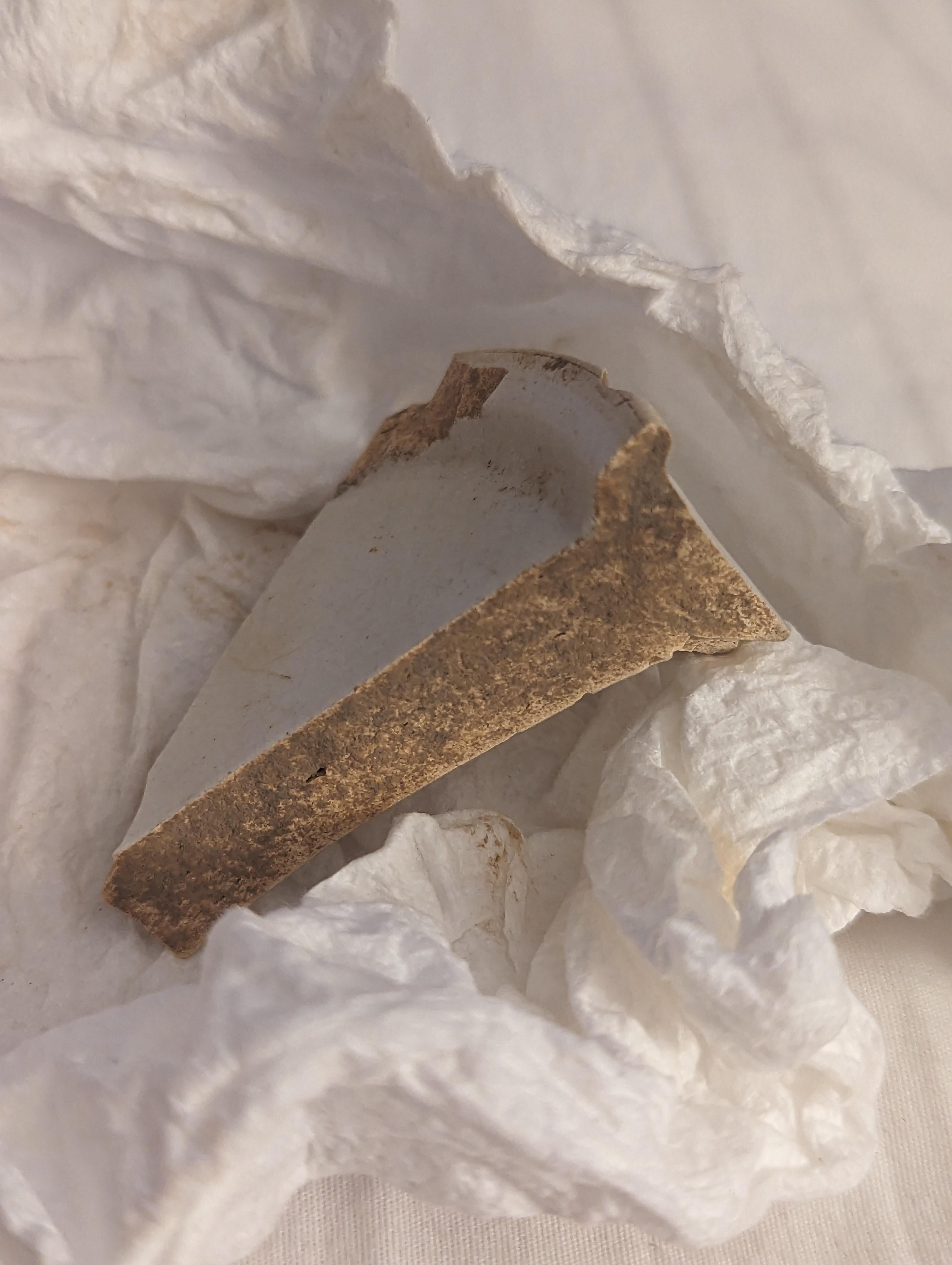
-
October 2, 2023 at 5:50 am #3699
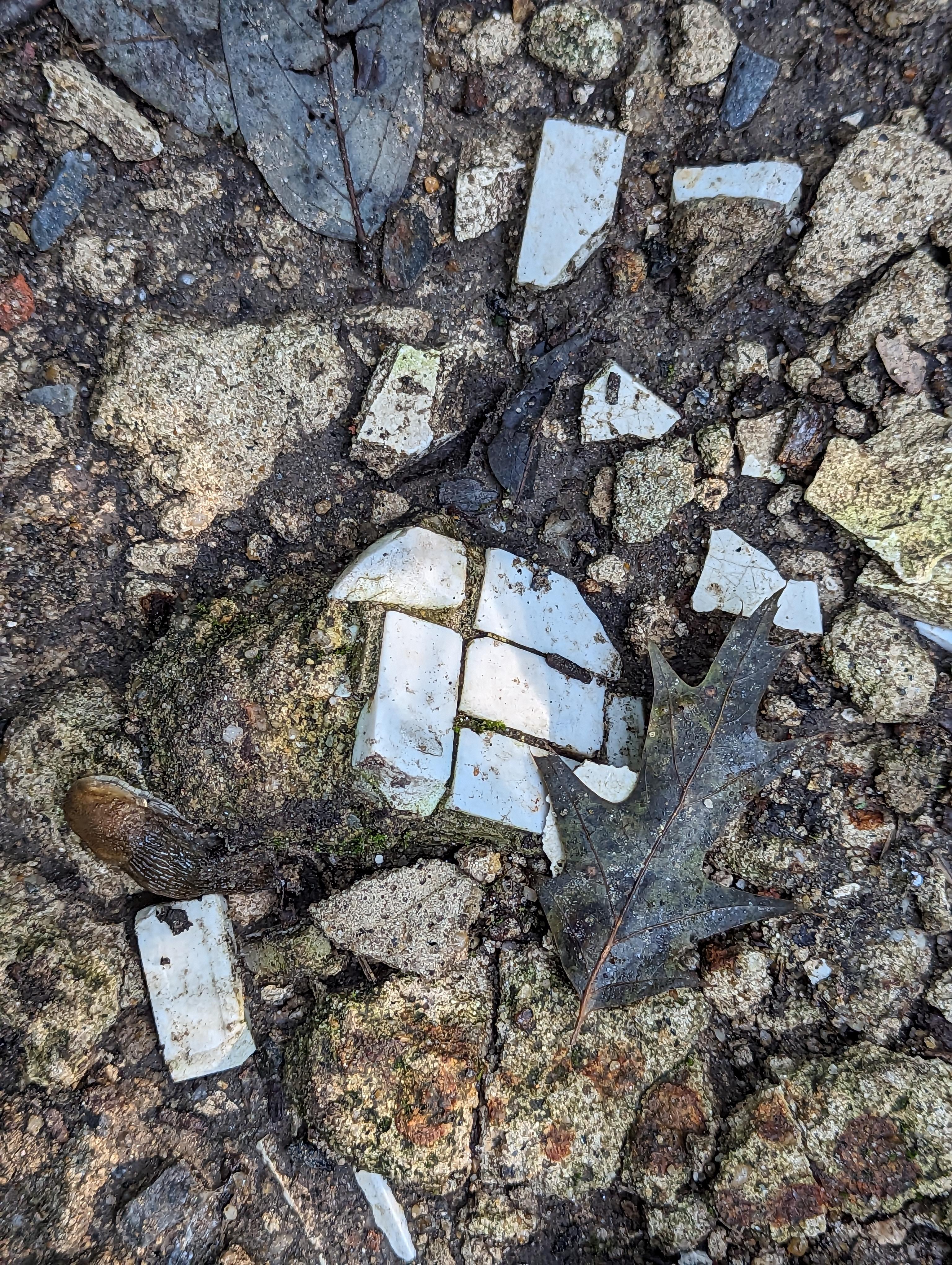
-
October 2, 2023 at 6:02 am #3700
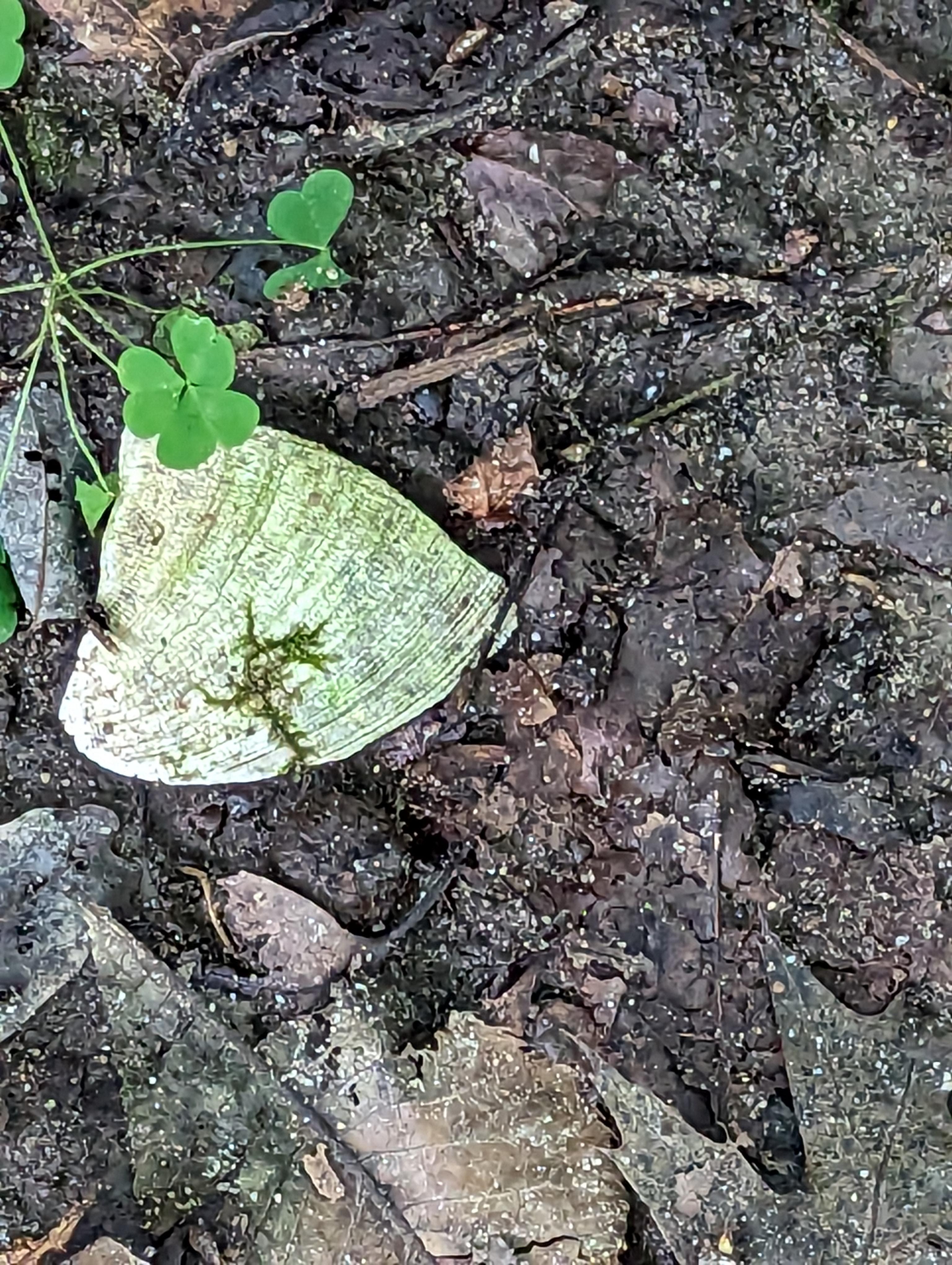
-
October 2, 2023 at 8:34 am #3702
There is so much late 19th/early 20th century junk in that park beneath the surface that I wonder if it was used as a dump at some time. In Van Cortlandt Park trash was dumped in various swamps to raise the ground level. I wonder if something similar was done in Riverdale Park, possibly to fill in an old quarry. Or perhaps the neighborhood just needed a garbage dump and this was the location.
-
October 2, 2023 at 1:09 pm #3703
Does this summary of the archeology project in the park help? https://archaeology.cityofnewyork.us/collection/map/riverdale-park-archaeological-project/borough/bronx
-
October 2, 2023 at 2:01 pm #3704
The Oyster shells were probably burned in the many Line Kilns used in Riverdale Park and not from Indian middens. The pottery was probably from home ruins. I just do not think it would make sense to dump waste down the hill.
-
October 2, 2023 at 2:55 pm #3705
That’s an interesting point, Tom. There was a lime kiln right in that area and oyster shells can be burned to produce lime mortar. Below is a snippet from an 1840 property map depicting that section of Riverdale Park. Note the “Lime Kiln” just next to the wharf. The line traversing the kiln is the property line between Samuel Thomson and William C. Wetmore. The line just to the south is the property line between William C. Wetmore and James R. Whiting. So the structure labeled “house” would have belonged to William C. Wetmore.
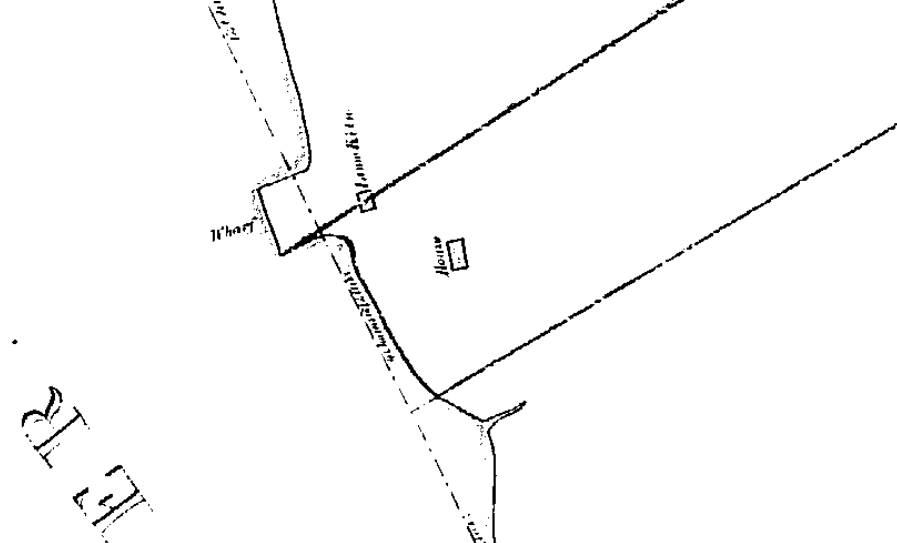
If you check out the link that Buddy sent, you can get to this archaeological report. In the report conclusion, they wrote:
Located at the extreme south of the park, on a heavily eroded, steep-sided promontory, Site One is an area of extensive oyster shell covering approximately 4,30 square feet…
The recovery of industrical slag, coking fuel, wire nails, broken beer bottles, rifle shells, and a railroad spike has been attributed to the Euroamerican component. Rothschild and Fenton believe the relative scarcity of these artifacts, though, seems to indicate intermittent use as a dumping ground and recreational area during the nineteenth- and twentieth-centuries.
The prehistoric component is represented by a large amount of oyster shell which has been interpreted as the remains of aboriginal foraging activity. Additionally, Rosthschild and Fenton believe that the varying densities of shell suggests many occupational episodes over a number of years, rather than a single, continuous occupation.
The archaeologists also found the lime kiln (even though they did not know about the above map) but they never connected the oyster shells to the kiln. Another substance that was burned in lime kilns was limestone marble. It just so happens that the bedrock in that part of Riverdale Park is Inwood Marble. Perhaps the marble was used as a raw material as opposed to the oyster shells. We will be disscussing some of these questions with the geologist on our October 14th hike.
-
October 2, 2023 at 3:12 pm #3706
Hi all, a couple of observations about the artifacts and archaeology. The shell looks more like a clam shell than an oyster shell. The ceramics look like plain ironstone or perhaps some industrial grade refined earthenware — it’s hard to tell from the photos. But both the clam shell and these types of ceramics are found ubiquitously in late nineteenth and early-mid twentieth century archaeological deposits, as Nick described. And it’s equally likely that the clam shell was from food consumption. I’m not sure where in the park these materials were found based on the original post, but it’s very possible that this could just be from an informal dumping episode or the materials were mixed with imported fill that has nothing to do with the original location. Also, it’s extremely common to find materials dumped down a hillside, or in a ravine. Much cheaper and easier to do that than cart it away somewhere else. You’d be amazed how common it is to find abandoned appliances and even old cars dumped down hills! Thanks to the OP for sharing!
-
October 2, 2023 at 7:04 pm #3707
Here is an example of one of Riverdale’s lime kilns (photo taken from William Tieck’s Riverdale Kingsbridge Spuyten Duyvil on p. 104).:
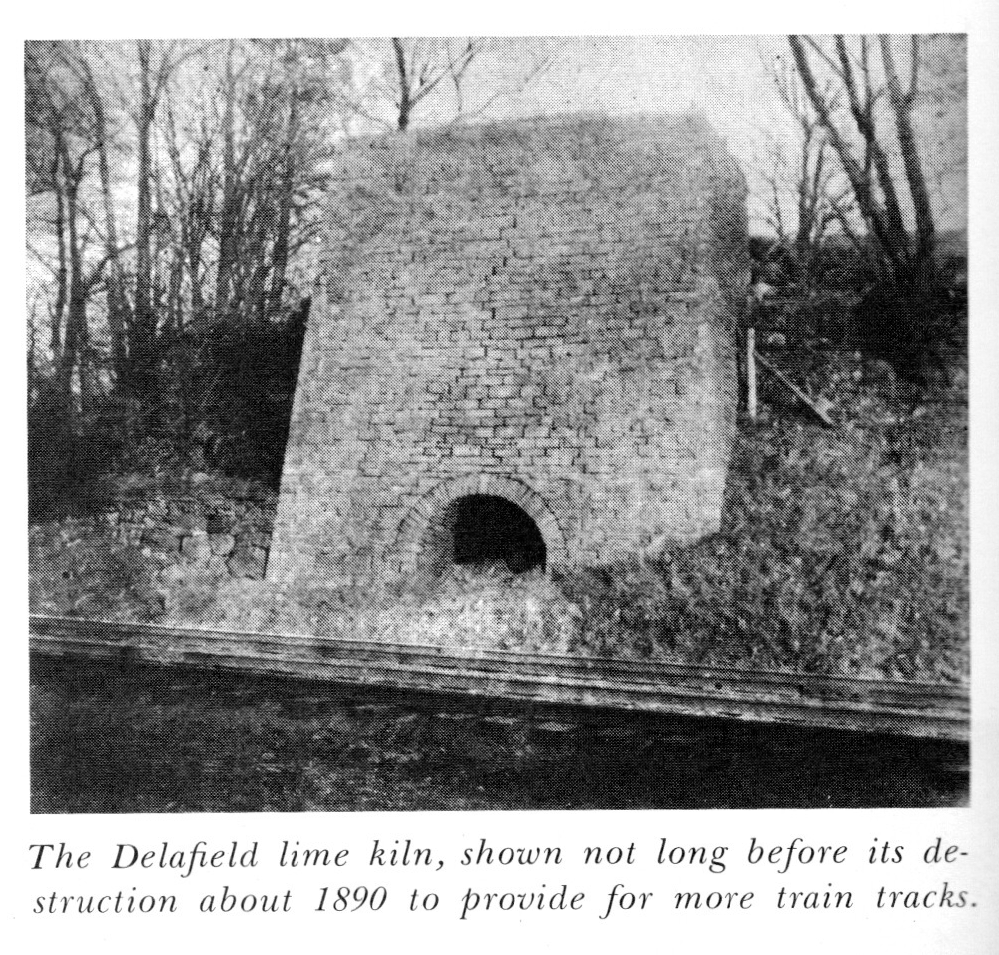 It is an example of one of the earliest forms of industry in this area.
It is an example of one of the earliest forms of industry in this area. -
October 2, 2023 at 8:35 pm #3708
I think the shell I show here is a clam shell, as is the one I found in Henry Hudson Park, if that’s at all important.
-
October 3, 2023 at 1:17 pm #3709
I can agree that many people have used a hill to dump their waste, but their is no evidence that this occurred in Riverdale Park. ( pre- 1929 )
-
-
AuthorPosts
- You must be logged in to reply to this topic.